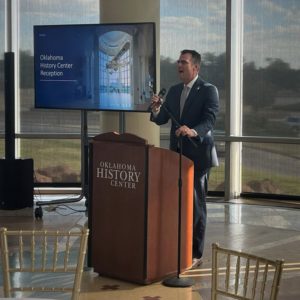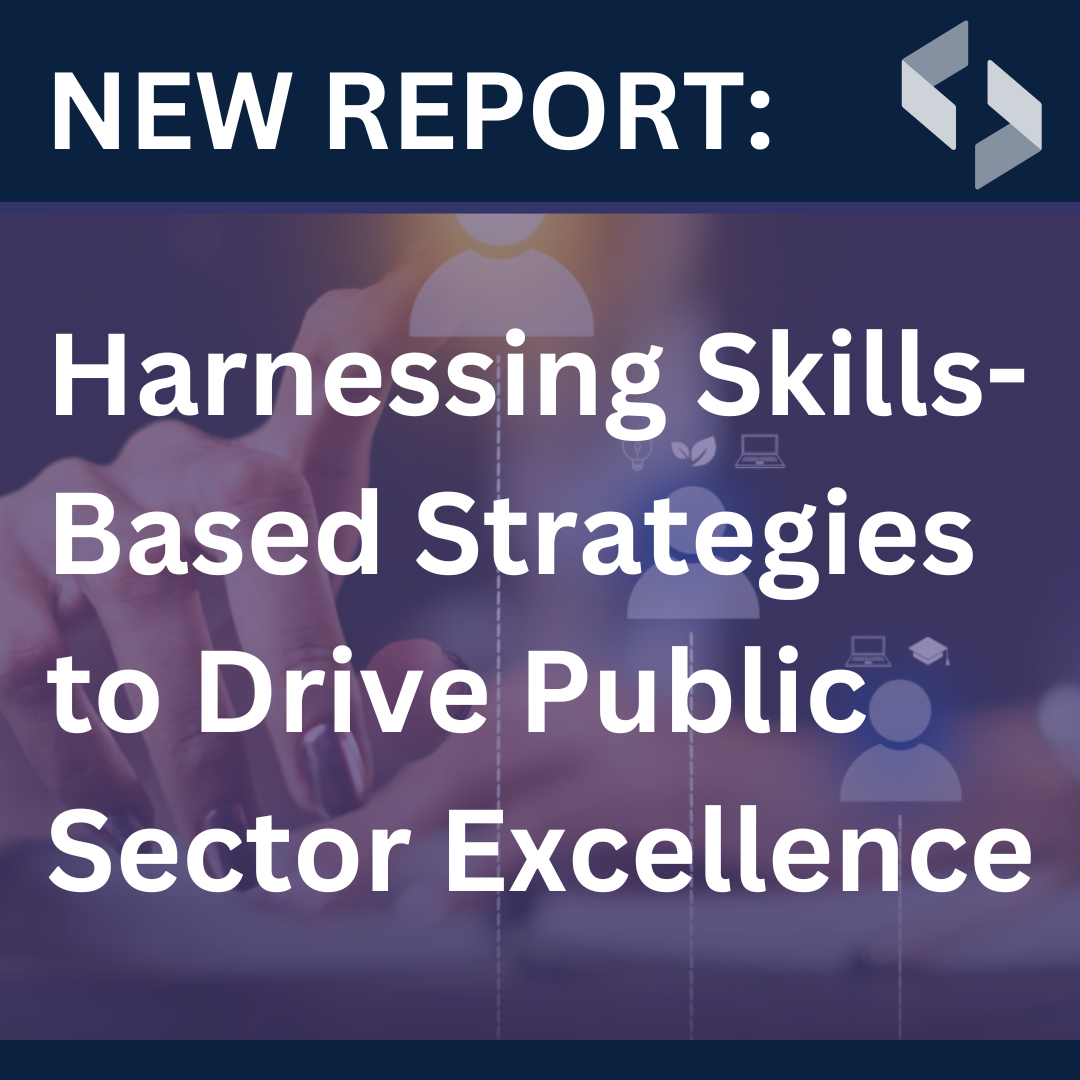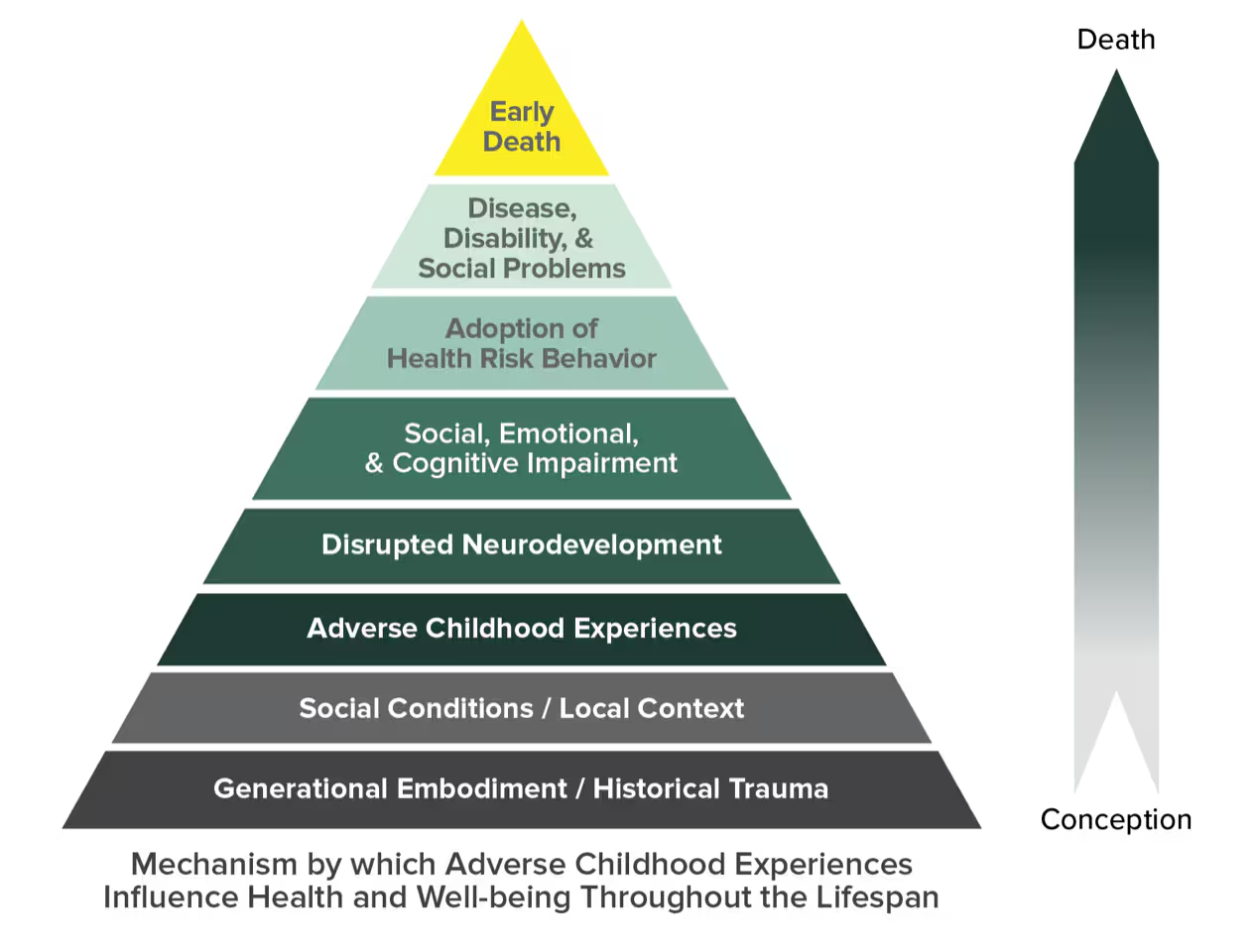State workforce development boards and agencies play a crucial role in driving innovation and best practices that lead to better employment opportunities for their residents.
by Jack Porter
On August 15 through the 17, NGA held its bi-annual convening of state workforce development system leaders in Oklahoma City, Oklahoma, to share best practices, common challenges and innovative solutions for carrying out their Governor’s vision for workforce development. Representatives of 31 states and the District of Columbia participated in the event.
State leaders had a wide-ranging discussion with peer states and subject matter experts on several key issues, including:
- Addressing barriers to workforce participation and success
- Optimizing the role and functions of state workforce development boards
- Macroeconomic trends impacting the labor market and how current employment trends will impact workforce development policy
- Advancing digital skills
- How workforce systems support apprenticeship and other forms of work-based learning
- Developing a robust and resilient energy workforce

The group was joined by Governor Kevin Stitt during a reception at the Oklahoma History Center. During his remarks, Gov. Stitt offered insight on the role that workforce development policy plays in bolstering Oklahoma’s key industries such as energy and aerospace. Gov. Stitt also previewed a memorandum of understanding with Governor Asa Hutchinson to bolster the Oklahoma-Arkansas region’s advanced mobility industry, offering this as a model other states may consider for sector-based workforce recruitment and training approaches in regions that cross state lines.
Participating states also had a unique opportunity to engage in a closed-door discussion with Nicholas Lalpuis, who serves as the Regional Administrator for Regions 4 and 6 at the U.S. Department of Labor (DOL). During this discussion, state leaders had the chance to share their successes as well as provide input for ways that DOL can deliver additional support to state workforce development leaders as they execute their Governor’s workforce development policy agenda. The group also discussed ways that they and DOL can engage with recently enacted federal programs that aim to offer career paths and create well-paying jobs but do not explicitly include a dedicated role or resources for workforce development system leaders or entities.
In the run-up to the next bi-annual Workforce Symposium – which will be held in Washington, D.C., in February 2023 – NGA will be holding a series of conversations with its federal partners to identify best practices for implementing new federal initiatives including the Infrastructure Investment and Jobs Act, the CHIPS and Science Act, and the Inflation Reduction Act. These discussions will provide NGA and state leaders the chance to share strategies and will help ensure that Governors can capitalize on these new federal resources to deliver quality training and employment opportunities to residents of their states and territories, including those who have historically not had access to such opportunities.
These bi-annual convenings are hosted by staff of NGA’s Workforce Development & Economic Policy program as part of its Workforce Development Technical Assistance Program, and convene two affiliates of the NGA Center for Best Practices: the National Association of State Workforce Board Chairs and the National Association of State Liaisons for Workforce Development Partnerships.
The next bi-annual NGA Workforce Symposium will be hosted in Washington, D.C., in February 2023. For more information about the Workforce Development Technical Assistance Program or the affiliate associations, please contact Rachael Stephens at rstephens@nga.org or Jack Porter at jporter@nga.org.













